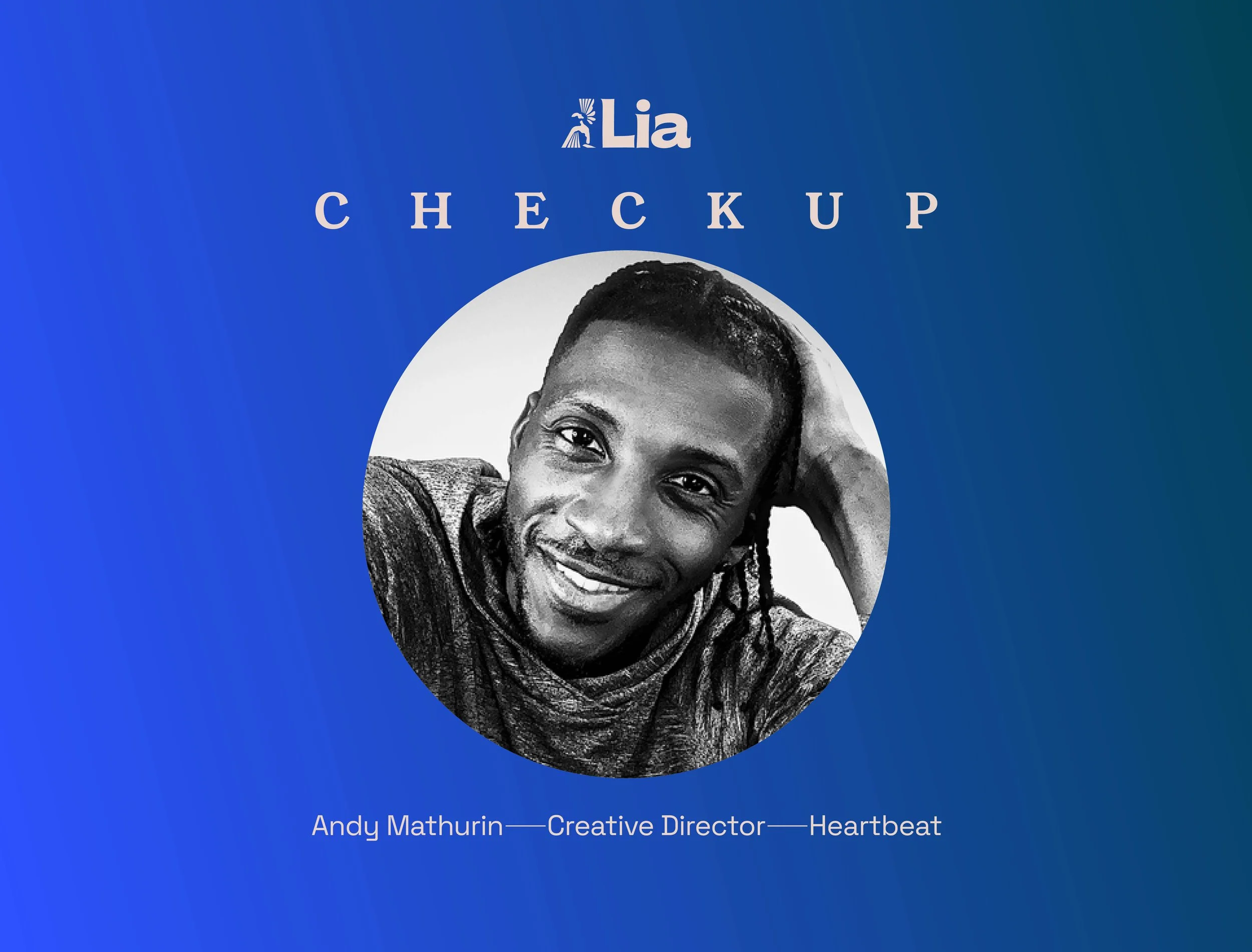Jury Checkup - Andy Mathurin
As a mammoth judging week in Vegas draws to a close, we checked in with Pharma Juror Andy Mathurin, Creative Director at Heartbeat New York to get his take on this years work.
CR: What was the most challenging aspect of evaluating the diverse range of Pharma entries, and how did the jury navigate those complexities to reach consensus on the shortlists and winners?
AM: Judging across such a wide spectrum of work always comes with challenges. I approached each entry through the lens of its category, checking whether the execution stayed true to its core idea, and where inconsistencies or missed opportunities might exist. The best part of that process was the spirited debate among jurors. We brought different perspectives but shared one goal: to honor ideas that were both creatively strong and category-smart.
CR: Beyond the obvious creative brilliance, what specific criteria or subtle nuances in the campaigns truly resonated with you personally, and perhaps surprised you, as you were judging?
AM: As an AI enthusiast, I was especially moved by work where technology was used with purpose and where AI wasn’t a gimmick but a genuine problem-solver. Campaigns that turned data and automation into better diagnostics or improved patient experiences really stood out to me. I’m motivated by work that makes innovation feel human and where the tech serves the idea, not the other way around.
CR: Were there any emerging trends or innovative approaches in pharmaceutical communication that particularly stood out to you this year, and do you believe these indicate a significant shift in how the industry is engaging with its audiences?
AM: AI and data-driven storytelling were major themes this year, especially in the diagnostics category. We’re seeing AI not just streamline processes but open new creative avenues by helping patients and professionals alike make sense of complex information. It feels like the industry is moving from “using AI” to truly collaborating with it.
CR: As AI reshapes advertising, how does handmade craft become a strategic or philosophical asset, rather than just a stylistic one?
AM: Whether handcrafted or AI-enabled, the power always lies in the idea. The Grand Prixwinning Glowing Relief—a simple glow-in-the-dark label—was a beautiful reminder of that. It was a humble but brilliant innovation that proved you don’t need high-tech wizardry to make an impact. Craft, in whatever form, is most meaningful when it amplifies clarity and humanity.
CR: Considering the strict regulatory environment of Pharma, how did the jury balance the need for compliance and scientific accuracy with the desire for groundbreaking creativity and emotional impact? Can you give an example of a campaign that achieved this balance exceptionally well?
AM: It’s a tightrope walk every year, but the best campaigns show that boundaries can spark innovation. SKYCLARYS, Friedreich’s Back did this beautifully as it played within the rules yet managed to break through creatively and through entertainment. It’s a great example of how smart storytelling can thrive even under the weight of heavy regulation.
CR: What was the most rewarding or enjoyable part of your experience as a LIA juror? Was there a particular moment, discussion, or campaign that left a lasting positive impression on you?
AM: Always the people. Being in the midst of such brilliant, generous thinkers is inspiring. In the real world, we’re competitors, but in that room, we come together for the greater good of the industry. The exchange of ideas, respect, and passion reminded me why I love this craft.
CR: Was there a campaign that surprised you? Anything that you hadn’t seen before, that changed the course of discussion for the good?
AM: Nothing truly shocked me this year which, to me, signals how consistently strong the work has become. The surprise wasn’t in any single campaign, but in how high the overall bar now sits. It’s exciting to see excellence becoming the new standard.
CR: Looking back at the winning work, what do you hope the broader pharmaceutical industry takes away from the campaigns that were celebrated this year? What message do these winners send about the future of effective pharma marketing?
AM: Even though we deal with serious conditions, we shouldn’t underestimate the role of humor. When paired with a rock-solid idea and grounded insight, humor can be a powerful bridge to humanize complex topics and connecting with audiences in a way that’s authentic, not forced. The future of pharma creativity, I think, lies in that balance between empathy, innovation, and entertainment.

